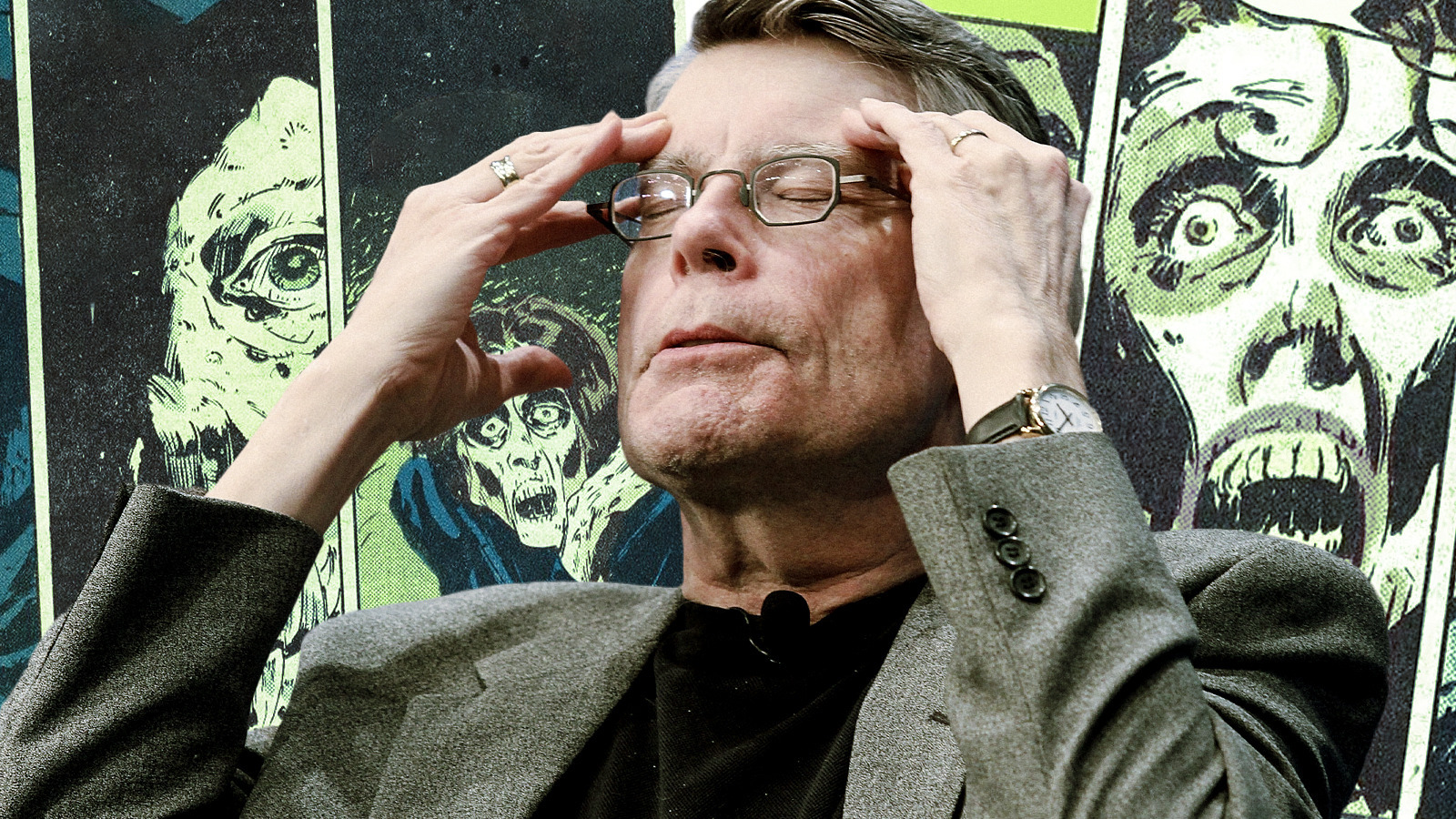
Stephen King, an iconic storyteller known for his gripping narratives and unforgettable villains, has made an intriguing mark on the Marvel Comics universe. While he may not be a fan of the Marvel Studios films, King’s love for comics runs deep, stemming from his childhood when he often replicated the stories he read. His knack for creating compelling antagonists is evident in his own works, which feature a range of horrifying characters like Pennywise and Randall Flagg.
In a unique collaboration, King contributed to the 1985 Marvel publication “Heroes for Hope: Starring the X-Men,” aiming to raise funds for famine relief in Africa. This special edition brought together numerous writers from both prose and comic backgrounds, including Marvel legends like Stan Lee and Chris Claremont, alongside notable authors such as Harlan Ellison and George R. R. Martin.
In this comic jam, King introduced a chilling villain he crafted from his novel “Thinner.” Dubbed the Hungry, this character is as menacing as it sounds. Within the narrative, the X-Men confront a psychic entity that torments them one by one, and the Hungry manifests in a horrifying form, preying on the fears of Kitty Pryde. In these vividly illustrated pages by Bernie Wrightson, readers witness the horror unfold as Kitty experiences an unbearable hunger, only to find that what she desires becomes grotesque and decayed.
King’s work in “Heroes for Hope” presented a stark shift in tone, especially as Wrightson’s artwork diverged from the typical X-Men style, delivering a more haunting and detailed vision. The story feels like a synthesis of King’s horror style and the superhero realm, showcasing how the unsettling themes from his book “Thinner” can transition effectively into the comic format.
“Thinner,” published under King’s pseudonym Richard Bachman, explores the curse of a man cursed to lose weight no matter how much he consumes, a haunting underpinning that resonates through the pages of “Heroes for Hope.” Although the book hasn’t always received the acclaim it perhaps deserves due to its lackluster film adaptation, King’s pages alongside Wrightson’s art in this special issue illustrate how effectively his themes can translate visually, reminding readers that horror can take many forms.



